Atmos: In conversation is our new series of interviews about all things Atmos and 360 RA.
In this issue we sat down with Mike Hillier, mastering engineer at Metropolis Studios, to talk about his recent work on Kasabian’s The Alchemist’s Euphoria and Pip Millett’s When Everything Is Better, I’ll Let You Know as well as the challenges of remastering projects in Atmos.
Tell us a little bit about your recent Atmos projects. How about Kasabian’s The Alchemist’s Euphoria
Mike Hillier: Both my recent projects [The Alchemist’s Euphoria by Kasabian and When It Gets Better I’ll Let You Know by Pip Millett] are presented in a similar way, but there were different challenges for each, and compared to a lot of the other Atmos work I’ve done.
Working on Kasabian, in particular, was interesting. It’s a very dense, hard hitting record. The expectation is that those types of albums don’t spatialize very well. Because, as you start pulling guitars away from the front, where all the density lies in the mix, you start weakening the effect. In a stereo version your guitars, your bass and your drums are all piled on top of each other, and mixed in a way that feels like an assault. It’s very aggressive, direct and punchy. And suddenly you pull things out of that. And that wall of sound now has a hole in it. Because everything’s carved really carefully, the kick occupies one space, and then the bass, the guitars just above that, the vocals just above at the top of the drum kit. It’s a very precise base, and you pull the guitars off to the sides. And there’s this hole where the guitars used to be in the mix, it doesn’t sound wonderful. Working around that was quite a challenge. I aimed to maintain the sense of energy, density, and impact. Whilst still giving this record a sense of space and movement in 3D rather than stereo. This was the biggest challenge on Kasabian’s record. To a large degree, a lot of that was using height to build a three dimensional soundstage at the front, with just a touch of additional width. And then use the sides and rears more for effects and ambiences. Therefore giving the songs this ability to still have most of the music at the front but with a sense of space, but also have an impact.
With Pip Millett, it was kind of similar, but suddenly it’s not dense anymore. There’s actually quite a lot of space in it. But it’s eclectic. It’s all acoustic instruments, for the most part, so there isn’t much freedom for movement. In this case the way to create a sense of space involves trying to use the arrangements themselves to build the sense of movement, rather than actually having things move. It sounds weird to me as a listener if acoustic instruments are wandering around the room. That’s just not how things work. I was [listening to someone else’s mix] last week, and they played me a track and all of a sudden the snare drum started bouncing around. It was never in the same place twice. And I hated it. Because it’s a really good song. But why is the snare drum just everywhere? Snare drums don’t do that. I do feel with both of those albums, one of the things that I tried to do is create a sense of space whilst remaining true to what the song was trying to do. It is important for me to not lean on the immersive or spatial aspects too heavily, because then it’s going to sound like a gimmick. And so the trick was to deliver something that had spatial elements, but ones that worked and fitted with the music.
Let’s talk about the potential for recreating old mixes and how you approach projects like that?
Mike Hillier: I have done a couple, I did ‘To Build A Home’ for The Cinematic Orchestra. And currently I am working on another project, which is going to be very interesting once we’re allowed to talk about it.
There’s a myth out in the music industry about how it’s impossible to recreate the original mixes without all the recall sheets and notes.
Mike Hillier: To a degree that can be true. With ‘To Build a Home’ it was actually very easy. We were somewhat fortunate with the multi-tracks that were sent over. Whilst they needed work to sound like the mix, they didn’t need too much.
Did you have to recreate the whole song? There wasn’t just one stem or one channel to recreate?
Mike Hillier: Yes. The whole song. For that song I sat down in Studio E and mixed it from the multi-track recordings. The reverbs were in the session. Some of the automation was actually there too, so I wasn’t starting completely from scratch. I was given a Pro Tools session. And I think the idea was that the Pro Tools session would be enough. And I hit play and was like: ‘Well, this doesn’t sound anything like the mix.’ Actually, that Pro Tools session then went to a console. And then the team printed the mix through the board. So the whole board needed to be recreated. But through chatting with Jason [Swinscoe from The Cinematic Orchestra] I was able to get to know what the board was, it was a Neve. So I was able to recreate certain elements of the sound in that way. And then I was going through it by ear. There were notes written down of some settings, no EQ or anything, but there were some level settings written down. Where it becomes really difficult is where you’ve got to work all of that out. In your average pop arrangement, there will be a lot of fader rides. The bass might come up a dB for the chorus, right? Cool. But the horn section might go up 3 dBs, the chorus down two dBs for the next two bars, then up a dB for one bar, then down… You could be doing all sorts of stuff. And if there are no notes on any of that, you just got to either gas or pass. With the other project I was working on, there were no notes.
There were no notes at all?
Mike Hillier: No recall notes, no reverb settings, no delays. The first thing I did was just bring it up flat. And listen to it. And as I was going through it, I thought ‘alright, everything is here’. Until I realized that hi hat was completely different. The hi hat pattern that I had on the multitrack is a single hit quarter note. I might be wrong about the exact length of the note. But on the record it’s got a 16 pattern *imitates* But I’ve just got *continues to imitate* Well, everything else sounded like it was right? Did they swap just that one part? I threw a 16th note delay on it. And that worked. But it was complete guesswork. Move on. Next challenge. The next thing I discovered was that the BVs definitely had loads of effects on them. There’s chorus, there’s definitely some reverb, a bit of delay. But there are 1000 choruses in the world, and 1000 reverbs. And so you’ve got to listen and try to narrow it down. Stylistically you know that that is definitely not a plate reverb, it’s more of a room sound. It’s an 80s recording, what would they have had access to? There are no notes, so I have no way of picking the exact unit. That’s impossible. I don’t think there’s anyone out there who has ears good enough, that they could be like, ‘oh, that’s definitely an EMT 250, set to these precise settings’. So you just go ‘I’m going to use something that seems era appropriate’. Does it sound close? Yes or no. And then you try a few out, because the first few don’t work. Eventually you find one that seems close, tweak it a little bit, and then you just move on. There was a lot of guessing at what type of effects they would have had access to, and would have used, and then yet, because of the age of the recording, I have also guessed that certain techniques that they might have used and might not have used. But as you get closer to the modern era, that’s going to get more and more difficult, because there is music that came out in the 90s. But it was actually trying to be 70s. So would the band have used 90s techniques or 70s techniques? I don’t know. Would they use 90s equipment or not? I don’t know. And if you’ve got no notes, you’re going to start to chase your tail.
Is it an enjoyable process for you to play detective when you don’t have the notes?
Mike Hillier: It’s actually fascinating, and quite a lot fun. It’s a lot of work. It takes a lot of time. There was a bit, I have no idea if it was accurate. But the chorus I ended up using was not even a chorus effect. It was an Eventide harmoniser. But it sounded right. So I left it, it was invented around then and it’s possible that’s what they used. And I did some reading to find out what studio it was recorded in, who did it.
Listen to our latest Atmos releases here
Stay in the know
Sign up to our email to be up to speed with what’s going on in at Metropolis.



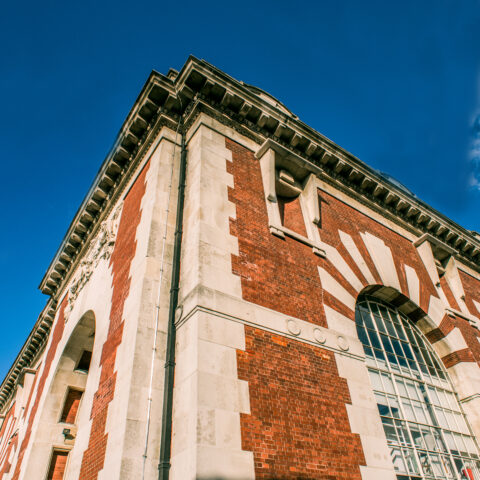



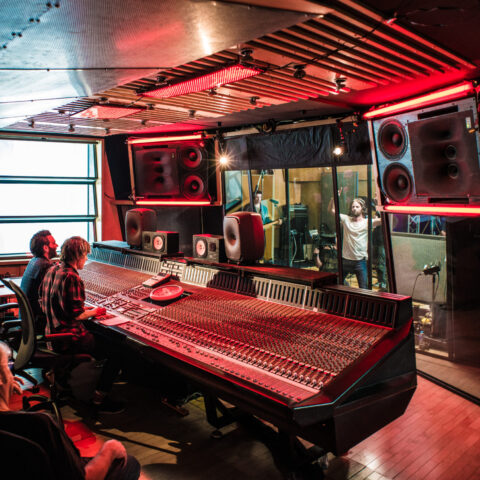



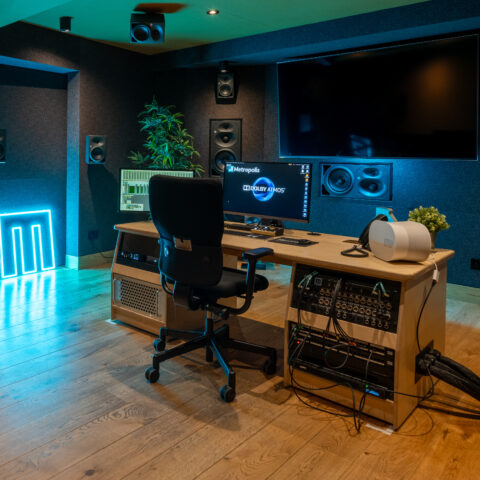

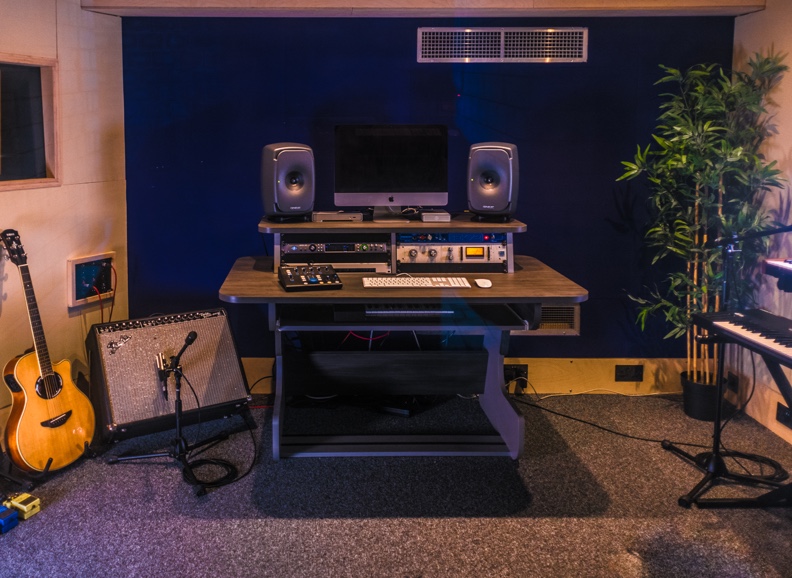








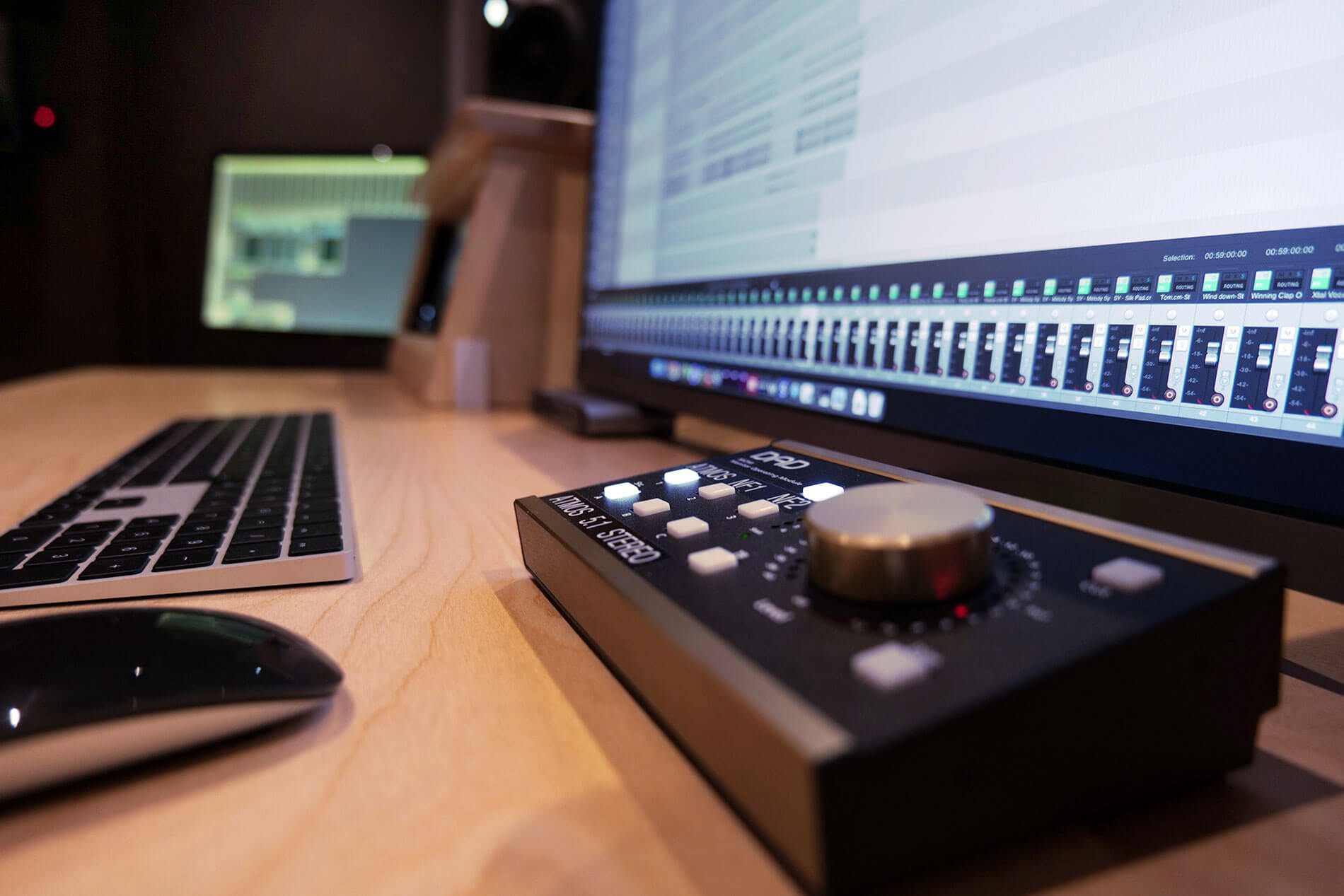

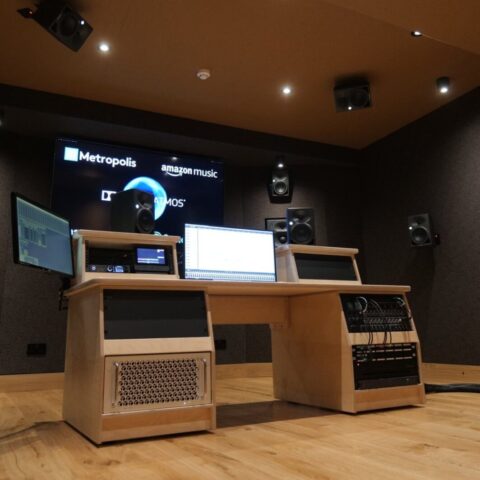













Share this